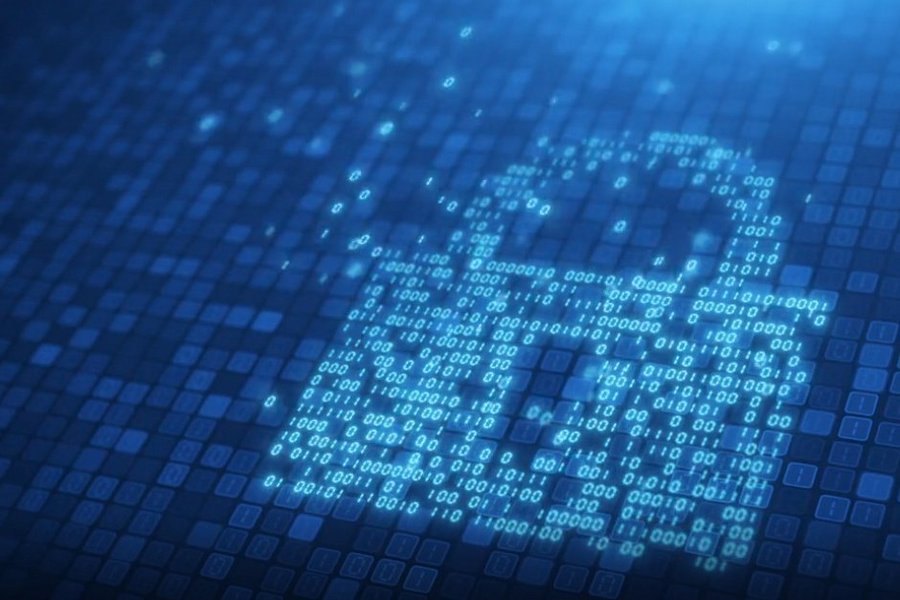Whether you’re checking your email or using internet banking – online communication is a private matter. What keeps online communication secure against interception by third parties is cryptography. For the most part, today’s methods get the job done quite effectively. A classical computer is incapable of breaking an RSA 2048-bit encryption key, which is employed, for example, when paying for something online with a credit card. “However, a properly equipped quantum computer could break that same code in a matter of seconds,” says Dr. Sven Bauer, Senior R&D Cryptology Specialist at G+D.
Not surprisingly, people are worried: according to a study from cloud solution provider Thales, 72% of organizations expect that quantum computing will have an impact on their security and cryptographic operations in the next five years. “At the moment, quantum computers exist only in testing labs, and their capabilities are extremely limited. It’s highly unlikely that they’ll be able to break codes any time soon – and certainly not in the next five years,” says Bauer, reassuringly. However, the time to prepare for quantum computing – whenever it might arrive – is now.




